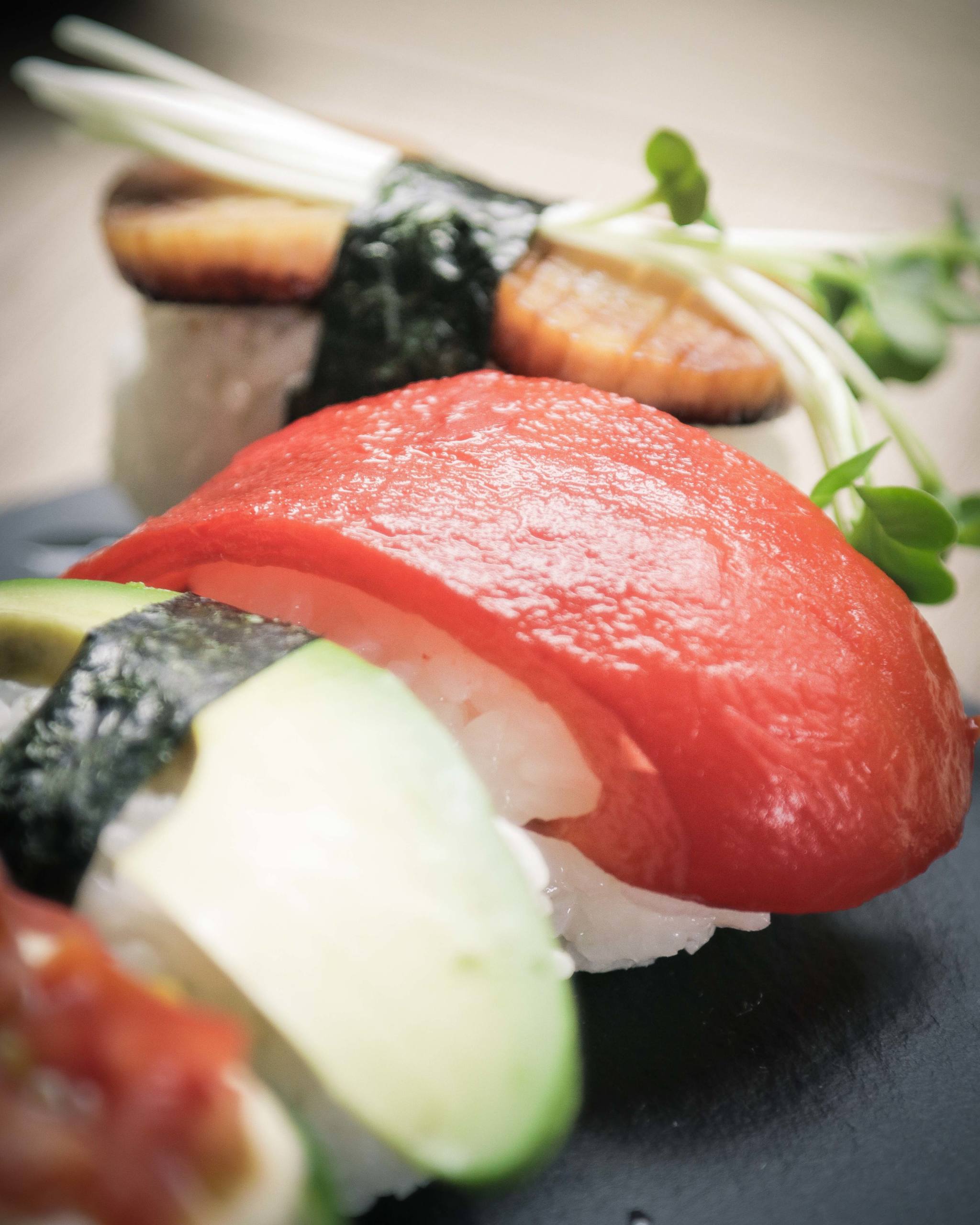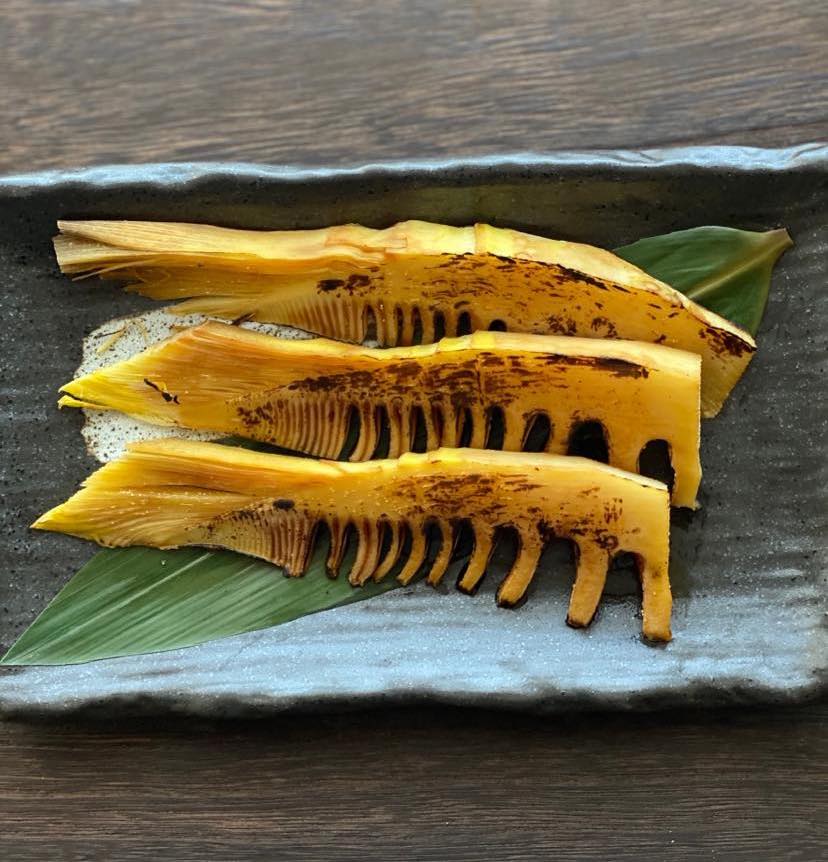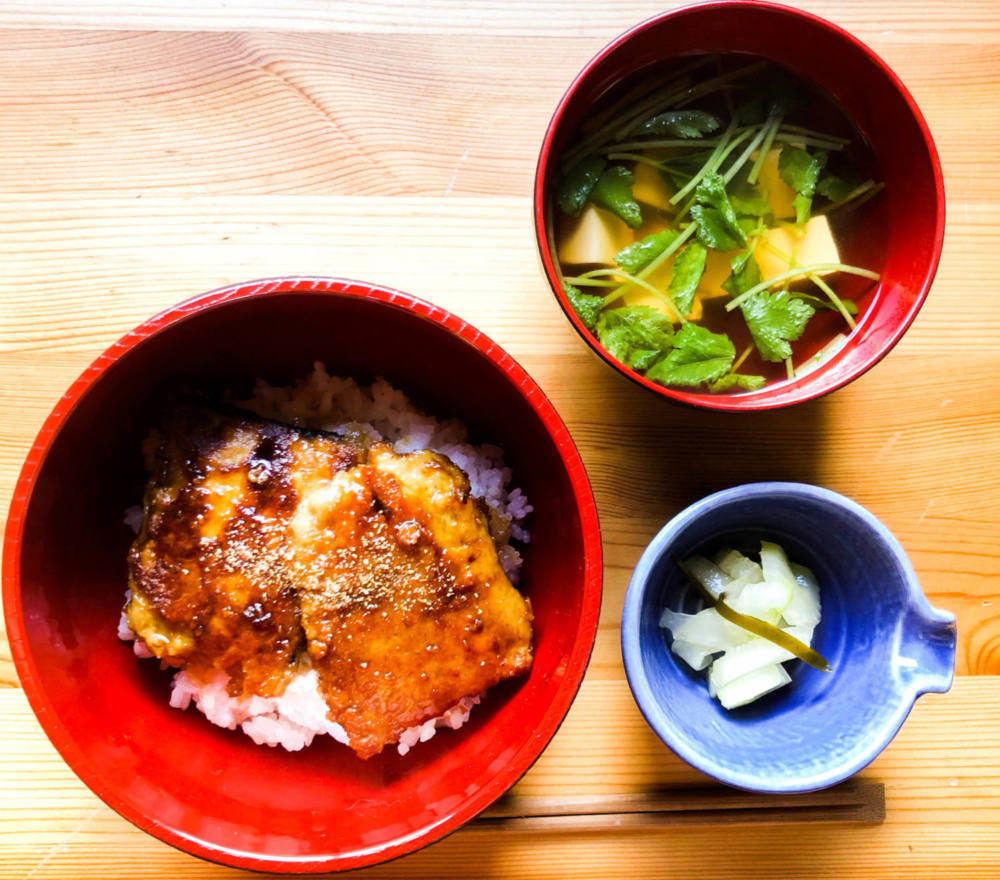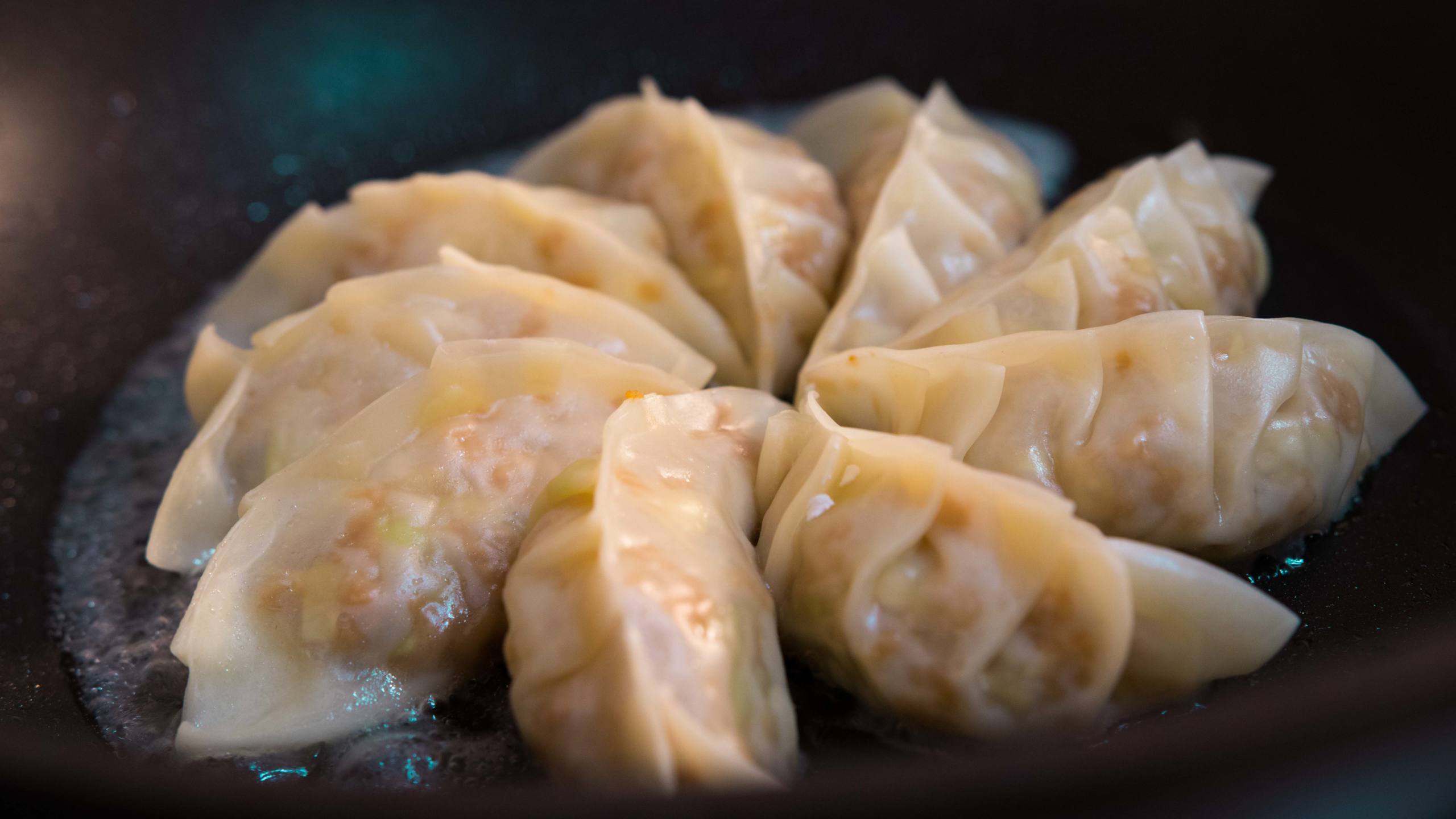
Bentoya ♡ Nigiri Sushi
View this post on Instagram A post shared by Vegan Japanese Cooking Class (@bentoyacooking)
In Japan, the vegetable and fruit selection changes with the seasons. Therefore, there are staples which you can always find, such as apples, regular cabbage and potatoes. On the other hand, there is also produce which can only be bought during a certain season. In addition, some vegetables and fruits may also have seasonal varieties. Occasionally, you can also encounter out-of-season produce, but at a higher price than normal. One example of this is strawberries. They are in season during the winter until early Spring. However, you can still buy them out of season, but at a higher price.

Grilled young bamboo shoots
The pros of eating in-season vegetables are several:
They are budget-friendly: vegetables and fruits are often cheaper during their peak-time .This is mainly due to the fact that the quantity increases. This makes them easier to find and buy. Therefore, if you you usually avoid strawberries because they get a bit pricey out of season, buy them in-season at a lower price and enjoy the treat!
Taste and texture: This is when seasonal variations come into play. Cabbage and potato both have spring variations. They are a bit different from their regular counterparts in flavour and texture. In addition, another vegetable which is available all year round is gobo root. Although it is an all year ingredient, the young spring roots are more delicate than their regular counterparts. Hence, they serve up a different cooking and dining experience.
Change up your diet: Seasonal vegetables provide a great chance to mix up your regular staple foods with season specials. Do you love mochi and eat it all year round? – Fill your stomach with sakura and strawberry mochi in the spring and sweet potato in the autumn.
The cons of using seasonal ingredients? If you have one let us know, because we don’t have any!

Kinpira gobo

simple cabbage salad

Nanohana

Eggplant miso soup
Check out this blog post by guestblogger Eiko Azumano to learn more about Japanese vegan cooking ingredients and veganism in Japan.

View this post on Instagram A post shared by Vegan Japanese Cooking Class (@bentoyacooking)

In Japan, the vegetable and fruit selection changes with the seasons. Seasonal vegetables are often budget-friendly and a great way to add variation to your cooking.

Modoki ryori refers to food which uses plant-based ingredients to mimic the appearance, taste and texture of meat dishes. This type of dishes are common in shojin ryori and they have also achieved a certain mainstream popularity due to the health factor of eating vegetable-rich meals.

Chuka ryori (中華料理) refers to Japanese-Chinese dishes which originate from China, but have been adjusted to fit the style and taste of the Japanese palette. Dishes that belong to this group are for example ramen, gyoza and harumaki.
Sign up to our newsletter and get our latest recipes, cooking related content & offers delivered right to your mailbox!